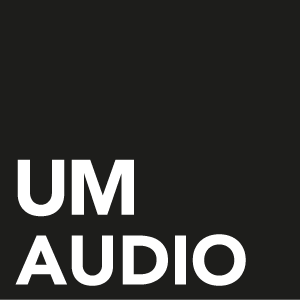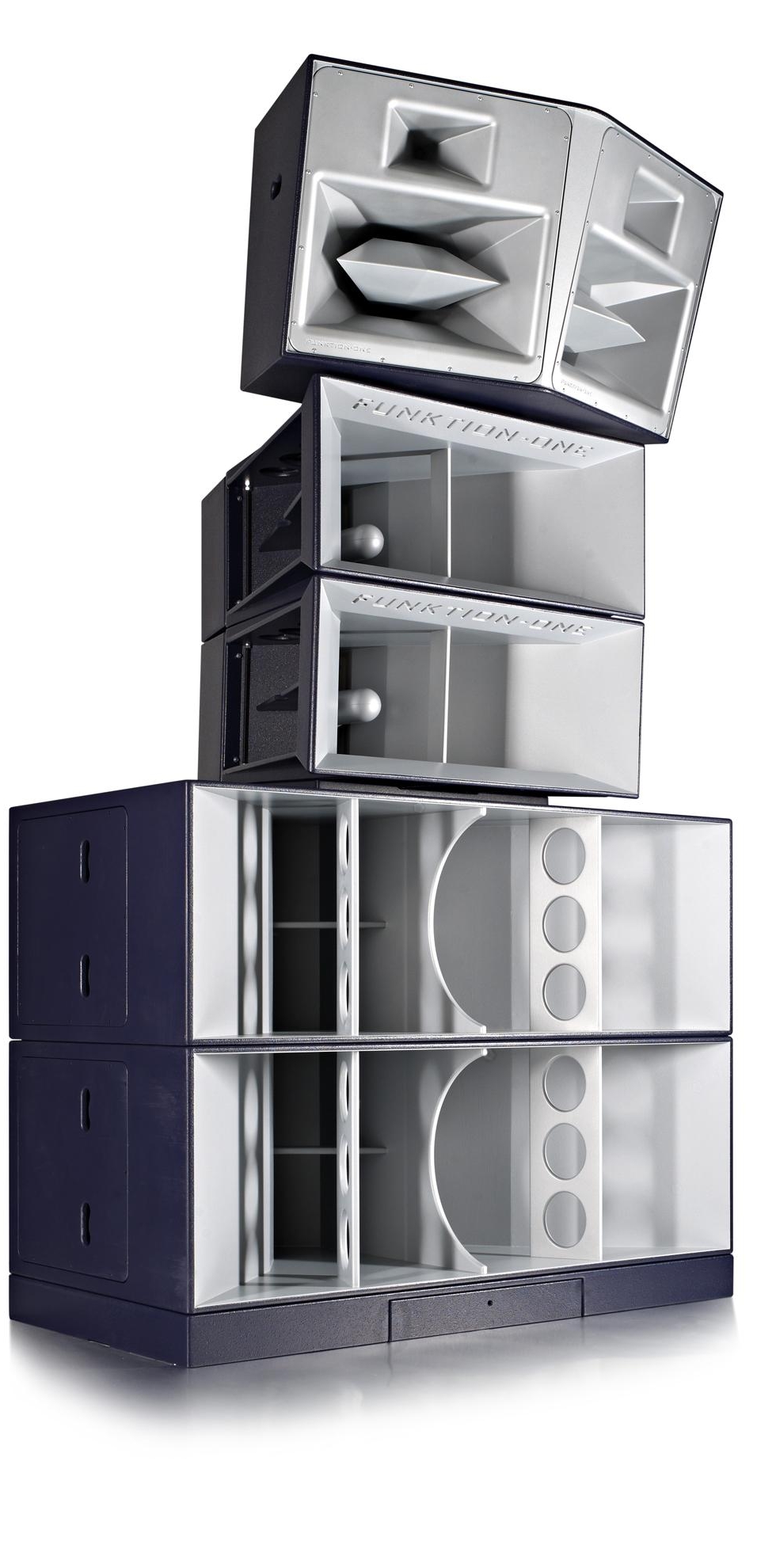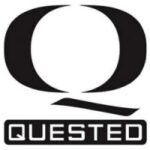FFA power amplifiers use our now proven and reliable high frequency switch modulation power supply (SMPS). This type of power supply technology is space saving and also light weight. SMPS offer lower power consumption compared to traditional low frequency power supply technologies. Our rugged SMPS is specified with massive bulk storage capacitance to ensure no drop in audio performance especially when tasked to drive high current 2 Ohm loads.
Our ‘bass engines’ the FFA-6000, FFA- 8000 and FFA-10000 feature dual independent SMPS. These amplifiers are especially suited to the most demanding bass applications. We believe the dual mono approach is the best way to achieve ultimate bass performance.
FFA Class D Pulse width modulation (PWM) amplifiers convert mains power highly efficiently and are the ideal partner for our power supply. The amplifier stage produces far less wasted heat than a conventional power amplifier so does not require massive heat sinking and a large bulky supporting chassis. Our SMPS uses a high frequency foil wound transformer which still allows high current demands but is vastly smaller than a traditional low frequency transformer. We design our amplifiers with the knowledge and experience that they will be used in high thermal conditions and the most demanding environments. FFA amplifiers are compact power packs with rugged mechanical construction to protect the electronics to ensure long service. Our amplifier output stage uses the state of the art MOSFET power devices which reliably and efficiently ensure high current on demand. Our careful consideration to circuit design ensures high quality sound amplification.








